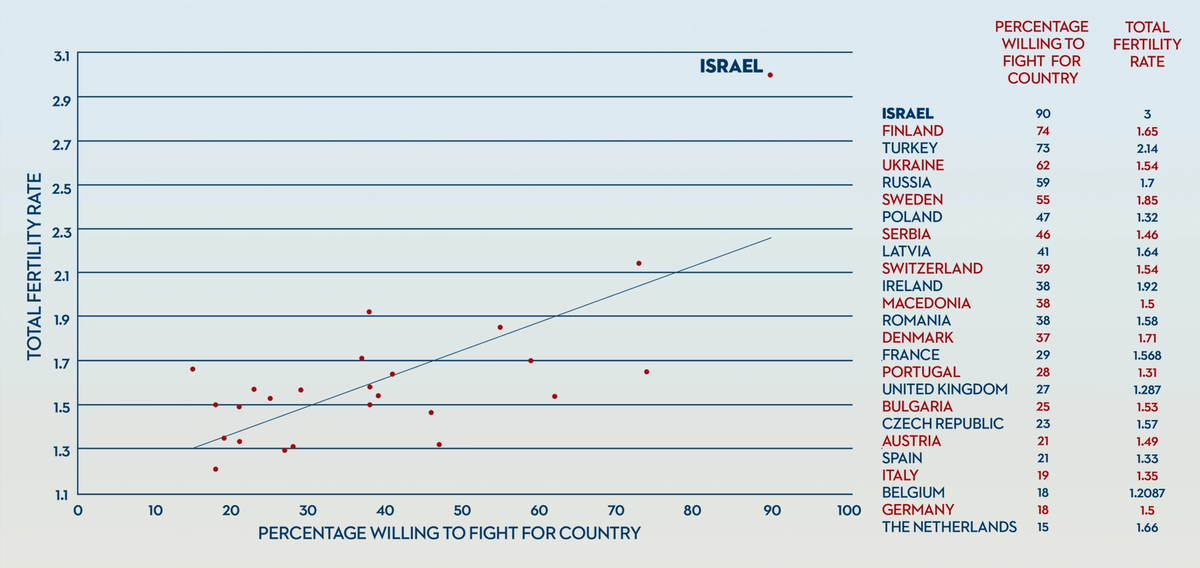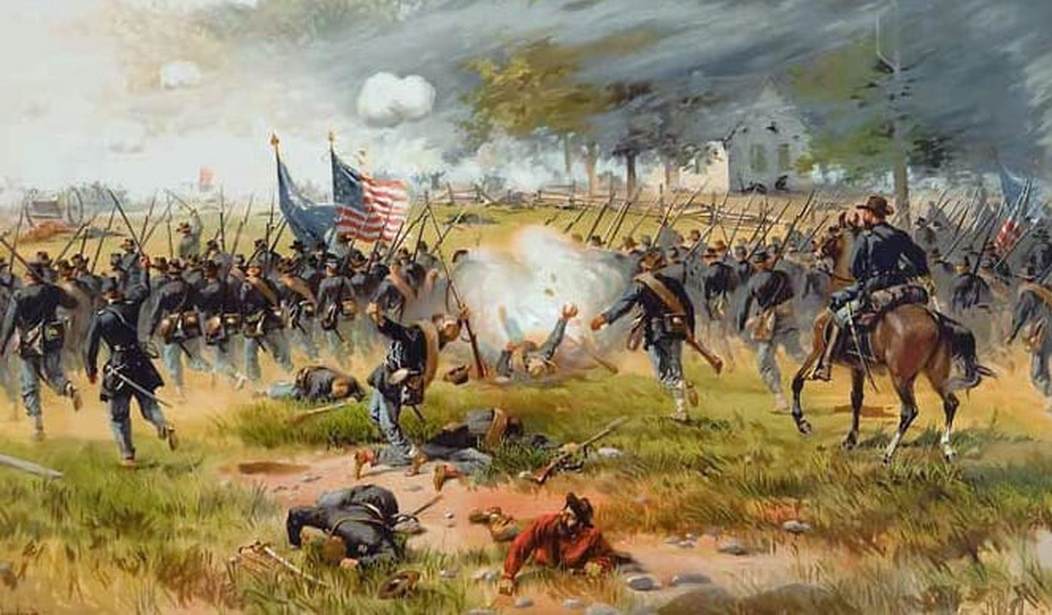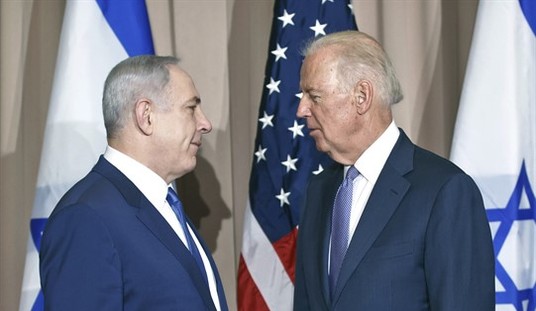There’s an old joke about the housewife who calls her husband on his cell phone during the evening commute. “Be careful, Dear,” she says. “The news says there’s a wrong-way driver on the Beltway.” “A wrong-way driver?” the husband shouts. “There are thousands of them!”
This came to mind while enjoying Michael Walsh’s superb book Last Stands: Why Soldiers Fight When All Is Lost. Freedom-loving men will fight to the death for all they hold sacred, and Michael’s book is adorned by a moving memoir of his father, a Marine officer during the terrible American retreat from the Chosin Reservoir. The book is enormously popular, and deservedly so.
But I should like to add a footnote to the story: Everybody (almost) eventually fights to the death. As Franz Rosenzweig noted in The Star of Redemption, every tribe sends its young men out to fight for its survival until one day they are defeated and the tribe is extinguished. That’s why nearly 150,000 languages have been spoken on Planet Earth since the dawn of man, and only a couple of thousand are left. Extinction is the norm.
Small neolithic peoples who encounter modernity are dying today. The BBC reported earlier this week:
The last male member of the Juma indigenous group in the Brazilian Amazon has died after falling ill with Covid-19.
Aruká’s death last week is the latest blow to the group whose numbers were reduced from around 15,000 in the early 20th Century to only six people in the 1990s.
Aruká was the last surviving male of the group, but as BBC News Brazil’s Juliana Gragnani reports, his grandchildren have taken an unusual step to ensure his legacy is preserved.
Aruká’s exact age is not known but he was estimated to be between 86 and 90 years old. During his life, Aruká witnessed the decline of the thousands-strong Juma community which once fished, hunted and planted lands in the southern region of Amazonas state.
Following a series of massacres carried out by rubber tappers and the spread of deadly diseases, the Juma’s numbers dwindled until Aruká’s family was the only one left.
Demographic hollowing-out afflicts not only small Amazon peoples, but most of the nations of the modern world. The Persians are a case in point: Ethnic Persians, as I pointed out in a recent Asia Times study, have a total fertility rate barely above 1. They comprise just half of the Iranian population, and Iran’s viability as a nation is eroding. The same is true for Turkey, where ethnic Turks show a fertility rate just above 1 while Kurds have a fertility rate above 3.
The prospect of national extinction typically leads to torpor and social pathology. The more children a country has, the more likely its young men are to fight for its future existence.

Sometimes, though, countries facing national extinction will choose to go out with a bang rather than a whimper. That is what makes the Persians so dangerous. They, too, may choose to have their last stand. If they do it with nuclear weapons, it will be messy.
I wrote in a 2015 study for Asia Times:
Wars of near-extinction are not universal but are remarkably common in ancient as well as modern history. Europe has had four of them during the past several hundred years: the Thirty Years War of 1618=1648; the Napoleonic Wars of 1797-1814; World War I; and World War II. America had its Civil War, and the Middle East now has its own Thirty Years War.
To name a few historic examples:
- Athenian dead in the Peloponnesian War reached 25% of the city-state’s total manpower before Athens capitulated to the Spartan-Persian alliance;
- The Thirty Years War killed 30% to 40% of the population of Central Europe and left wide swaths of Spain and France empty of people
- The Napoleonic Wars resulted in 1.4 to 1.7 military French military deaths out of a total French population of 29 million. Men aged 17 to 49 were probably 20% of the total, or about one-fifth of the population, or 5.8 million. That puts the war dead at about 24% to 30% of total manpower pool.
- Confederate casualties in US civil war were at least 28% of military age men, and historians are revising the casualty numbers upward.
- German military casualties in World War II were 5,330,000, out of 17,718,714 men 15 to 44 years, or 30% of the manpower pool.
The 30% casualty rate is common to great conflicts across time and geography. Two other common factors are noteworthy.
The first is that really big wars typically last for two generations. You kill the fathers in the first phase of the war, and in the second phase you will their sons. Usually there aren’t enough grandsons to continue the war. The American Civil War is a big exception: with their characteristic energy and dedication, the Americans of the mid-nineteenth century managed to accomplish in four years what took other peoples thirty.
While we celebrate the willingness of good men to fight to the death for their country’s future, we should keep in mind that wicked men also may fight to the death out of rage and despair. Extinction–not enlightenment and democracy–is the historical norm.









Join the conversation as a VIP Member